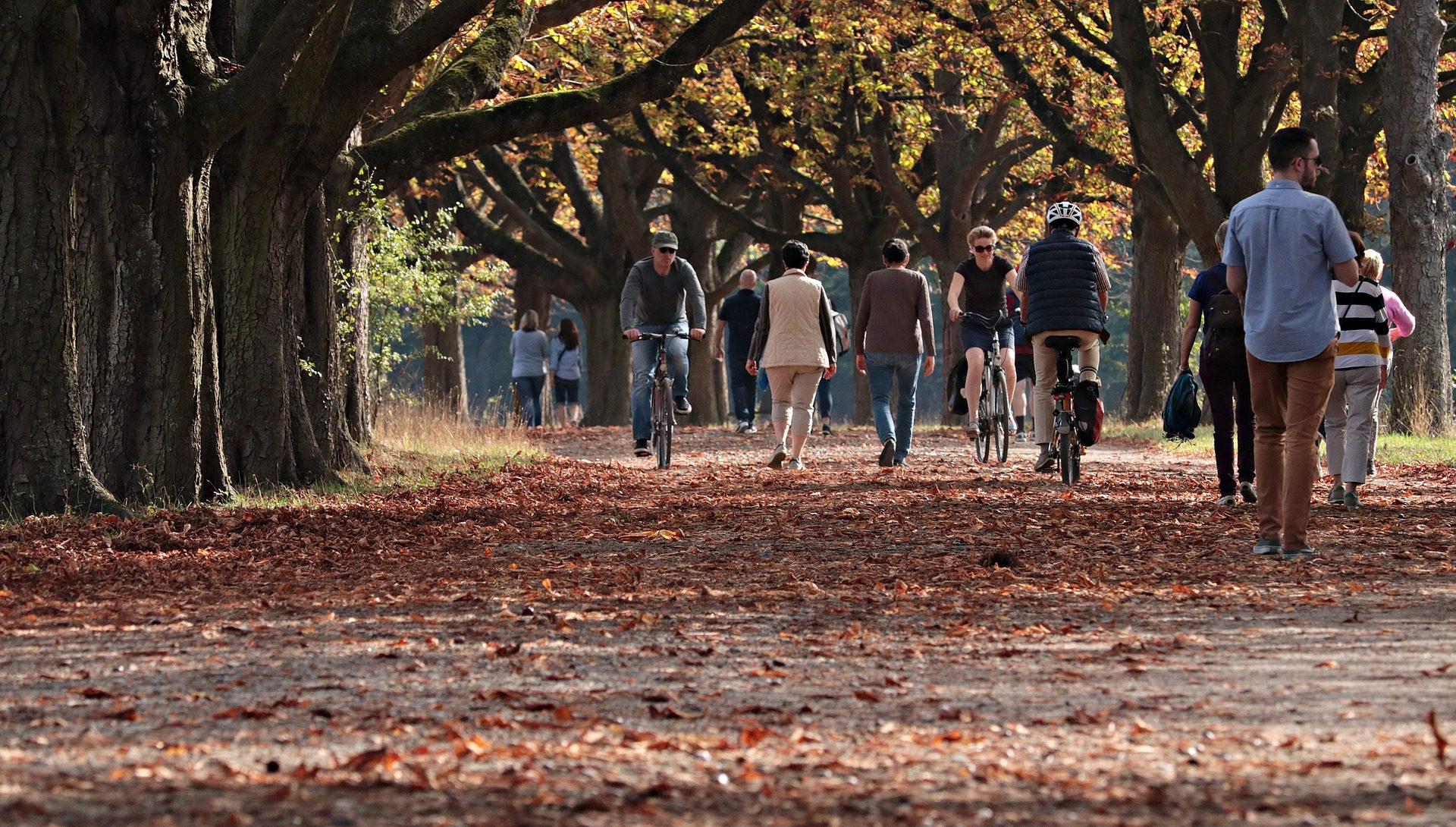Opposed to Transracial Adoption Essay:
For several years couples who are unable to have children of their own look to adoption to receive a child. Every year many children are adopted and taken care of by loving and caring families. Most people who adopt children adopt within their culture, but sometimes families adopt children of different ethnic backgrounds. Some even look to third world countries to adopt children who are poor and in need of a family. Children in third world countries suffer from poor health, education, shelter, and loneliness. These reasons encourage couples in the United States to adopt children in third world countries. American believe adopting children from these countries will benefit the child because they have no homes, face the risk of disease, and would have better lives in America. Author Paul Harrison believes people in third world countries are more American then Americans are. He compares it to the Britain colonization of India by saying,” the elite Indians, adding their own caste consciousness to the class-consciousness of their rulers, became more Brititsh then the British” (69)
People should not live their lives the western way; they should stick to their own culture, which is why couples in America should not adopt children from third world countries. Although the adopting parents in the United States will be loving, caring, responsible for the child, and teach him/her manners, they can’t teach him or her about their own, unique culture. Even if the parents learn about the child’s culture they still would not be able to pass on the same values, morals, and beliefs as the child’s natural ethnic parents would. Therefore, and individual who is adopted by a family of a different ethnic background experiences life time segregation, loss of culture and identity.
The physical features of an adopted child of a different race most likely look very different than the features of the adoptive parents. When the child is little he/she goes on wondering why his/her parents look so different. For example, Amanda Lowrey Silva, an Asian girl who was adopted by an American couple, wondered why her features were different from her adoptive mothers. Silva talks about her mother looking in the mirror, She says, “it was weird how different she looked from me…I would look in the mirror myself and say, ‘God, do I look so Asian” (qtd. in Demick 1). Having different features than an individuals parent can make a child feel bad about themselves and feel like they do not belong in the family. As the children grow up and go to school, the children are going to face their peers making fun of them for looking different then their parents. Adopted children are going to have a difficult time finding friends. For example, Asians may not speak to the individual because he/she can’t speak their language and are unaware of their customs. Americans may not befriend the child because he/she has an American manner but looks Asian. The child will have a hard time in society and trying to fit into a crowd. Failure to belong in a certain group can make a child an outsider and feel lonely. In the crazy world we live in today, children are made fun of for anything their fellow peers can find that is different. Although children often do this to make themselves feel more important, it can be damaging to the child’s self-conscious. “Studies have revealed that trasracial adoptees experience social and psychological problems because they do not have a strong sense of racial identity or self esteem” (qtd. Swisher & Williams 152). Segregation can hurt a child and destroy his/her self image.
Loss of culture is another issue an adopted child of a different ethnic background will face in his/her life. Adopted children miss out on their own culture and traditions if they are raised by parents who are American. The child is taught the western way of life. He or she learns about American history, celebrates American Holidays and may never really find out who they are or where they are from. For example, “according to a study by Ruth McRoy, many transracially adopted blacks do not act or talk like other blacks and their behavior is more in line with whites. Transracially adoptees are not prepared when someone questions their ‘blackness’ or ethnic identity because they have ill-prepared by their parents” (qtd. In Swisher & Williams 158). The adopted child is going to be lost and feel uncomfortable in his/her own skin because he looks different, acts American but is of a different race. Paul Harrison believes, “the Western way of life has prevented development and is rapidly destroying good and bad in traditional culture” (68). Culture diffusion will cause harm to the child. Often time’s children develop into adults following in their parent’s footsteps and traditions. An adopted child will never know what traditions his/her culture has and who his/her forefathers were. Loss of culture leaves an empty space in a Childs soul and mind.
Finally, the child may lose himself/herself in a world of wondering and trying to find oneself. The child may grow up lost and confused about his/her role in society. He/she may not know about themselves and may never reach self-discovery. An individual’s likes, dislikes, friends, family, culture, values, morals, and beliefs make them who they are. An adopted child will always have an empty space in their life not knowing who they really are, and who their birthparents were. For example, authors C.E Jones and J.F. Else believe, “transracially adopted children, are oftentimes viewed as aliens in the white community and traitors in the black community. This child will have virtually no identity will become an outcast in both communities. This has serious implications for identity formation” (qtd, in Swisher & Williams 155). Parents shape the child into what they will become and an American family may teach the adopted child to be American. The child will have a hard time getting comfortable with himself/herself. Children must learn about their background and who their forefathers were to come to peace within themselves and find their identity.
An adopted child of a different ethnic background will have a hard time in his/her lifetime even if the parents are loving and caring. The child will always have questions that will be unanswered, and like Amanda, he/she will have only “precious dreams” of finding their birthparents (qtd. In Demick 1). Life will always be difficult for both the parents and the child. The parents will feel guilty for their child’s unanswered questions and the child will always dream of the life he/she would have had if they new who they were and how their cultures is. For these reasons people should think twice before adopting a child from a third world country or a different ethnic background. Although the child will have a shelter to live in the adoptive parents should think of he well being of the child. Children should be adopted by families of the same ethnic backgrounds to not suffer in life and be confused about who they are and where they come from. It would be very boring if everybody decided to go about the western way of life. Loss of culture is loss of individuality. One should learn the ways of their background and their homeland. Paul Harrison’s ideas about “Third worlds obsession with western way of life” should have put a stop to it (68). The more countries try to be American the less interesting the cultures and societies become.
Works Cited
Demick, Barbara. Korean Adoption. Los Angeles Times. 28 August 2004.
Harrison, Paul. Oursleves Among Others: The Westernization of the World. New York:
Bedford/St. Martins’s, 2000.
Swisher, L., Karing, and Williams, E., Mary. The Family: Opposing Viewpoints.
California: Greenhaven Press, 1998.






Leave A Comment